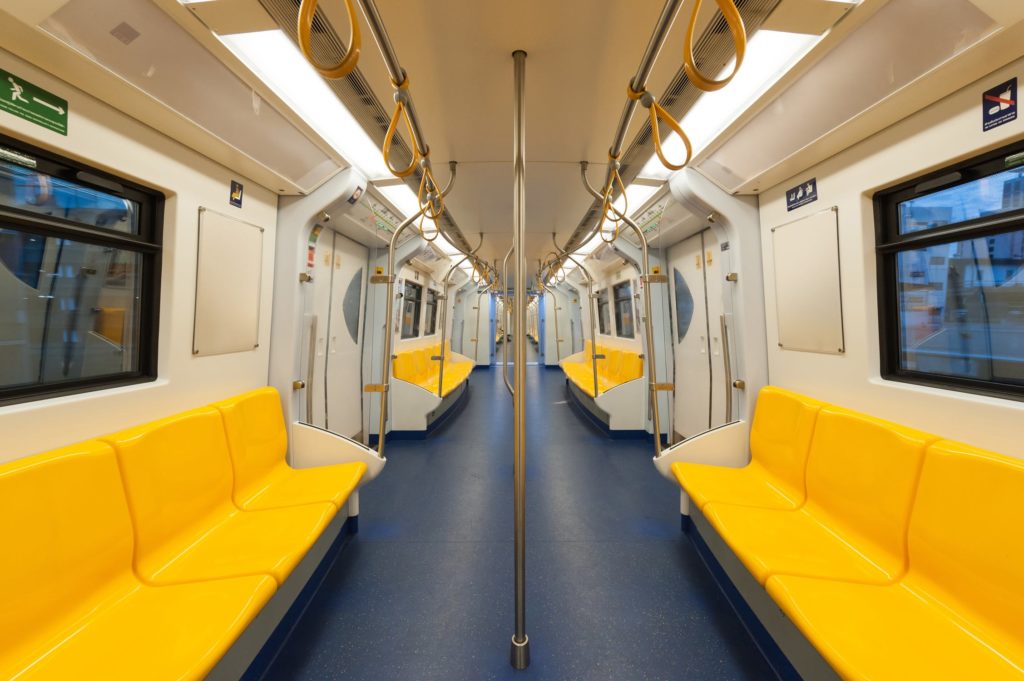We have to acknowledge the fact that transportation technology is right in the middle of a clear revolution. There are new technologies that are now improving transportation efficiency and brand new inventions could soon reshape the way in which public transportation operates. Umberto de Pretto talks about those technologies that are now right in front of the new transportation revolution.
IoT – Internet Of Things
IoT assumes that all items and people could be connected through the use of networks. Vast connected networks have the potential of influencing so many daily driving aspects, including:
- Route Planning– GPS services can be used in vehicles in order to determine the best possible route to take.
- Accident Prevention– New sensors alert the driver to other vehicles’ position to prevent collisions.
- Safety – Sensors inside seat belts can track physiological indicators of the driver to determine if he/she is intoxicated or fatigued.
Autonomous Cars
Autonomous cars are closer than ever to becoming reality. There are different US states where there are laws regulating technology while encouraging self-driving car development. Unfortunately, some accidents that happened in 2016 increased debates about autonomous vehicle safety. More development and research are done right now so we can expect autonomous car technology to reach great new heights.
Lighter Vehicle Materials
The automobile manufacturers are now under an increased pressure to deliver some vehicles that have excellent efficiency and higher performance. There are studies that showed the fact that when you reduce vehicle weight by 10 percent you can improve fuel economy by around 6 percent. In the event that 25 percent of cars would use lighter materials, in the US we would see a consumption of 5 billion gallons of gas less by the time we reach 2030.
The main focus is now to move away from steel and cast iron. Replacing these materials could be possible in the future with carbon fiber construction or magnesium-aluminum alloys. We do not know if such materials can withstand highway accident force and if manufacturers can produce such materials at lower costs.
On-Demand Transportation
Around 2 years ago we had Lyft and Uber change how people living in large cities locate their transportation. With the use of a simple smartphone app the rider can summon vehicles to any location desired, no matter the time. Such services quickly eroded cab company profits and actually decreased DUI rates where they were implemented.
On-demand services are now a huge hit with the riders but there are various ethical and legal questions that make governments re-evaluate authorizations offered to Lyft and Uber. The main concern is that drivers are seen as contract earners and they are not employees. Because of this they need to deal with income tax. Greater flexibility and safer roads are highly attractive for the riders.
Hyperloop
This technology helps propel vehicles are incredibly fast speeds. The very first proposed Hyperloop is going to connect San Francisco to Los Angeles, allowing passengers to make the trip (350 miles) in just around 30 minutes. The problem with the technology is that initial costs are huge, with the very first line costing over $6 billion.



